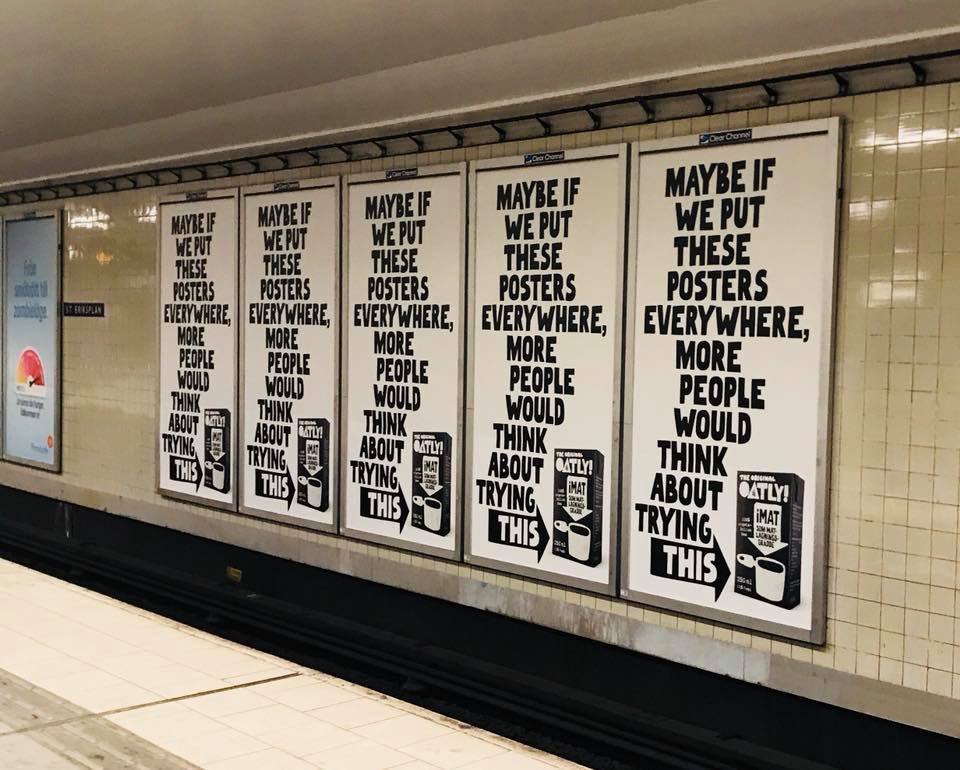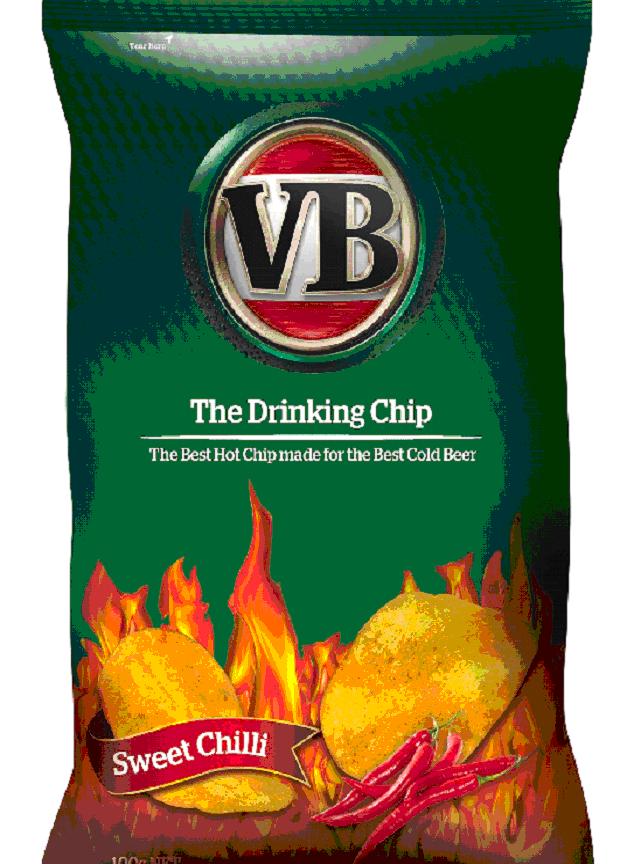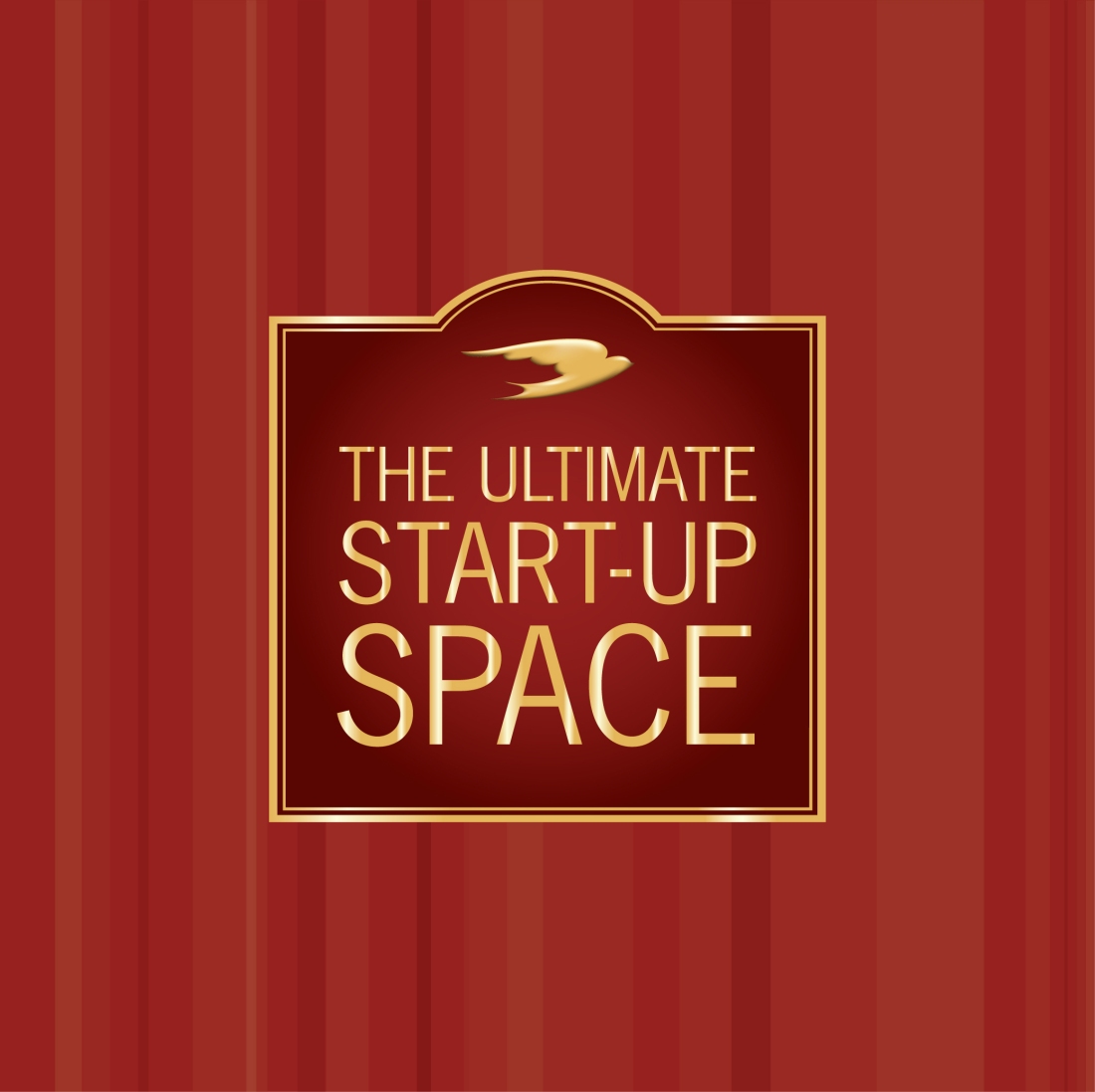
Painting by Pieter Brueghel the Elder (1526/30–1569), The Triumph of Death (c 1562), oil on panel, 117 x 162 cm, Prado National Museum, Madrid, Spain. Wikimedia Commons.
It struck the news cycle like a bolt of lightning. I’m talking about the blow dealt to Heinz-Kraft in the form of a $15 BN write down in February of this year (2019). In the months following, the company’s valuation continued downwards to reach an all time low in August. The stock trading in the mid 20s, down from $95 only a couple of years earlier. Yes, you read that correctly. Roughly 80% of its market capitalization. Gone.
But how?
The verdict by many (outside of Heinz-Kraft): a long period of underinvestment in brands, such as Oscar Meyer and Kraft.
The “zero-based budgeting” put in place by Heinz-Kraft’s owners, the investment firm 3G Capital, in which the company reset their yearly budgets instead of incrementally adding on to the prior year’s spend was implemented to boost profits by cutting “expenses”, such as brand building. Conversely, it eroded key brands, hence the market’s reaction.
As recently as last month, Adidas admitted that the company’s focus on efficiency rather than effectiveness had led it to over-invest in digital and “performance marketing” at the expense of brand building. Adidas had taken its eyes off the ball, becoming too preoccupied with the ad delivery system, rather than what it was actually delivering through that system.
Last week, it was Gap’s CFO who made a similar confession: “We have frankly become too heavily dependent on messaging around discounting as opposed to the bigger picture brand messaging.” The statement went on to say that the company recently increased its marketing investments with a renewed focus on brand building activities.

It’s anyone’s guess who it’ll be next week, and the week after next. But there’s not a trace of doubt in my mind that the domino effect has been set in motion. As more and more companies discover that they’re underinvested in brand and over-invested in promotional tactics, we’ll slowly but steadily enter a new period of renaissance for creativity in advertising.
We should expect significant inertia coming from platform companies wanting to keep today’s marketing body at rest, exactly where it is: over-invested in short-term tactics. But our empirical evidence that prove the business effects of long term brand building will inevitably mount a counter force capable of overcoming this inertia, setting the ad industry in motion in a direction towards brand building creativity once again. Accelerating this shift will be the increasing scrutiny of digital bogus metrics used for campaign evaluation.
In the case of Adidas, the company has been working since 2015 to correct the error of its ways with renewed emphasis on brand desire in its marketing. And if you’ve followed the brand in culture and its valuation over the past few years, you know that it’s been working for them.
Before 2015 – while operating under the efficiency doctrine – the company had a “performance budget” linked to e-commerce in the belief that digital ads drove digital sales. The company was focused on driving online sales because it is the most profitable part of its business.
But once Adidas took a closer look, what it found was that its business units were not just driving their own sales. Up until that point, Adidas had viewed its advertising efforts from a product tactical perspective, thinking that football advertising was driving football sales, basketball advertising was driving basketball sales and so on, but found in reality that all advertising drove general Adidas sales. This was an organizational epiphany.
While the company had been convinced that only “performance marketing” drove e-commerce sales, it learned that it was actually brand activity driving 65% of sales across wholesale, retail and e-commerce. This was a big problem for the company because at the time, Adidas’s advertising split was 23% into brand and 77% into “performance”. (Source: Marketing Week)
Every marketer who hasn’t had his or her head in the sand over the past few years will know that the split should be around 60:40 in brand’s favor, thanks to the rigorous work by Field and Binet.
I find it ironic that Adidas’ over-reliance on “performance marketing” was what actually made it realize that “performance marketing” wasn’t performing. Not in the absence of adequate brand building support. The term “performance marketing” itself is undoubtedly the most brilliant nomenclature in all of marketing history, as it effectively claims to be the kind of marketing that’s performing, while subtly implying that everything that isn’t it isn’t, well, performing. Genius.
If you are moderately interested in history, you may be aware that between 40-60% of the European population was wiped out by the Great Plague in the 14th century. Before this highly contagious disease was properly understood, diagnosed, and could be nipped in the bud, it had festered and quickly spread across all of the Old World for a period of about ten years. Imagine ten long years of torment and death. Ahem.
Survivors became acutely aware that rats, fleas and germs – carriers of the plague – should have been better contained and ideally exterminated to avoid the disease’s dire consequences. Clearly, a 40-60% value loss on Wall Street stemming from brand ignorance cannot be compared to the loss of human life in the same percentages. This goes without saying. But I still can’t help but think of “performance marketing” – and mainly the underlying short-termism that’s led companies to over-invest in it – as a form of plague. Granted, it’s a much less deadly kind of plague, but a plague nonetheless.
The problem now is that many companies are in the exact same situation that Adidas and Gap recently found themselves in – they were infected – while others have not only misallocated between emotional brand building activities and promotional tactics, but have also significantly cut overall marketing spend, not unlike Heinz-Kraft.
As Wall Street is seemingly growing ever more impatient for its ROI, organizational patience for marketing returns extending over two quarters seems virtually nonexistent. Short-term thinking, short term objectives and short-term activities have become marketing’s plat du jour, and you and I have not voiced our dislike loudly enough for the chef to take notice. There is no vaccine against the value eroding plague that is short-termism, but there are a few concrete things we can all help with in our daily work to affect change and prevent further misallocation of resources, and instead help usher in a new creative renaissance.
1. Unlearn and relearn.
As we’ve seen, common sense isn’t common sense. The industry is full of nonsense theories turned practices. So, we the industry need to educate and re-educate ourselves and everyone around us on how advertising actually works, the different ways in which it works. We all have a responsibility to help pave the way for a new, evidence-based effectiveness orthodoxy across our industry. Only then can we expect creativity to once again be seen as the most valuable asset available to business, and only then will it command the value it rightfully brings to the businesses smart enough to leverage it. And only then will we stop focusing exclusively on the pipe and instead start paying serious attention to what we’re putting through it.
2. Shout it all out.
We need to take every opportunity we can get to act as evangelists and proponents for long-term, emotional brand building for which creativity is the core pillar. We need to talk to everyone who will listen: colleagues, bosses, clients. And we need to make sure that every marketer on the planet has seen and understands the significance of the chart below. This is the most important chart for marketing today. It may also be the most ignored. Hence, it can never be referenced too much. To echo Professor Mark Ritson’s words in response to criticism of the imperfect data used for this research: “Binet and Field’s research may not be perfect but that doesn’t make it wrong.”

3. Call bullshit on bullshit.
Until the value of creativity is given the proper love and respect it deserves again, we need to call bullshit on short-termism in all the places it rears its ugly head. Again, tactics and activations have an important role to drive business in parallel to brand building activities, but we need to unite and call bullshit on it every time it starts masquerading as brand building, and every time it’s encroaching on the 60-40 spend split.
Wall Street will thank us for it later.
Fredrik Särnblad










